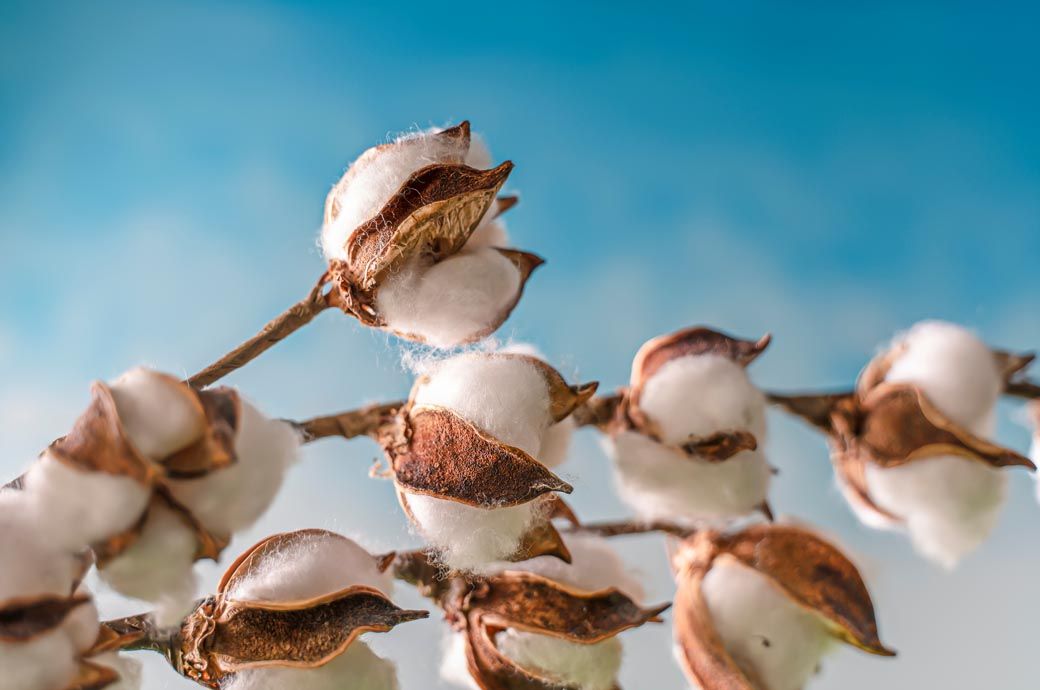
The country, a key player in garment exports trailing only China, is anticipated to import 80 lakh bales of raw cotton, as projected by the US Department of Agriculture (USDA).
This forecast reflects a notable 6.7 per cent increase compared to MY 2023-24, commencing in August for cotton imports, as outlined in the USDA’s comprehensive report on cotton production, import, and utilisation in Bangladesh.
The report highlights expectations of heightened utilisation of raw cotton by local spinning mills, driven by reduced yarn and fabric imports.
The USDA’s Foreign Agricultural Service underscored Bangladesh garment sector’s optimistic outlook, foreseeing a potential export growth of 7 to 10 per cent in 2024, rebounding from a prior decline amidst global economic sluggishness.
Exports of readymade garments (RMG) during the initial months of 2024 already showcased robust growth, reaching $9.47 billion with a year-on-year increase of 13.2 per cent, a trend expected to persist into MY25, thus boosting raw cotton imports.
Furthermore, the report emphasised the influence of dwindling foreign exchange reserves, potentially prompting increased cotton consumption and a shift away from pricier fabric purchases.
Notably, many garment factories in Bangladesh possess their spinning mills, opting to import raw cotton over yarn.
These vertically integrated companies, buoyed by garment export earnings, possess the capacity to initiate letters of credit (LCs) due to their direct access to US dollar.
Conversely, entities solely reliant on yarn and fabric imports face forex challenges, often encountering difficulty in initiating LCs, thereby diminishing their import capacity.
Industry insiders meanwhile anticipate a post-April 2024 surge in global RMG demand, likely further driving cotton consumption in Bangladesh.
Fibre2Fashion News Desk (DR)